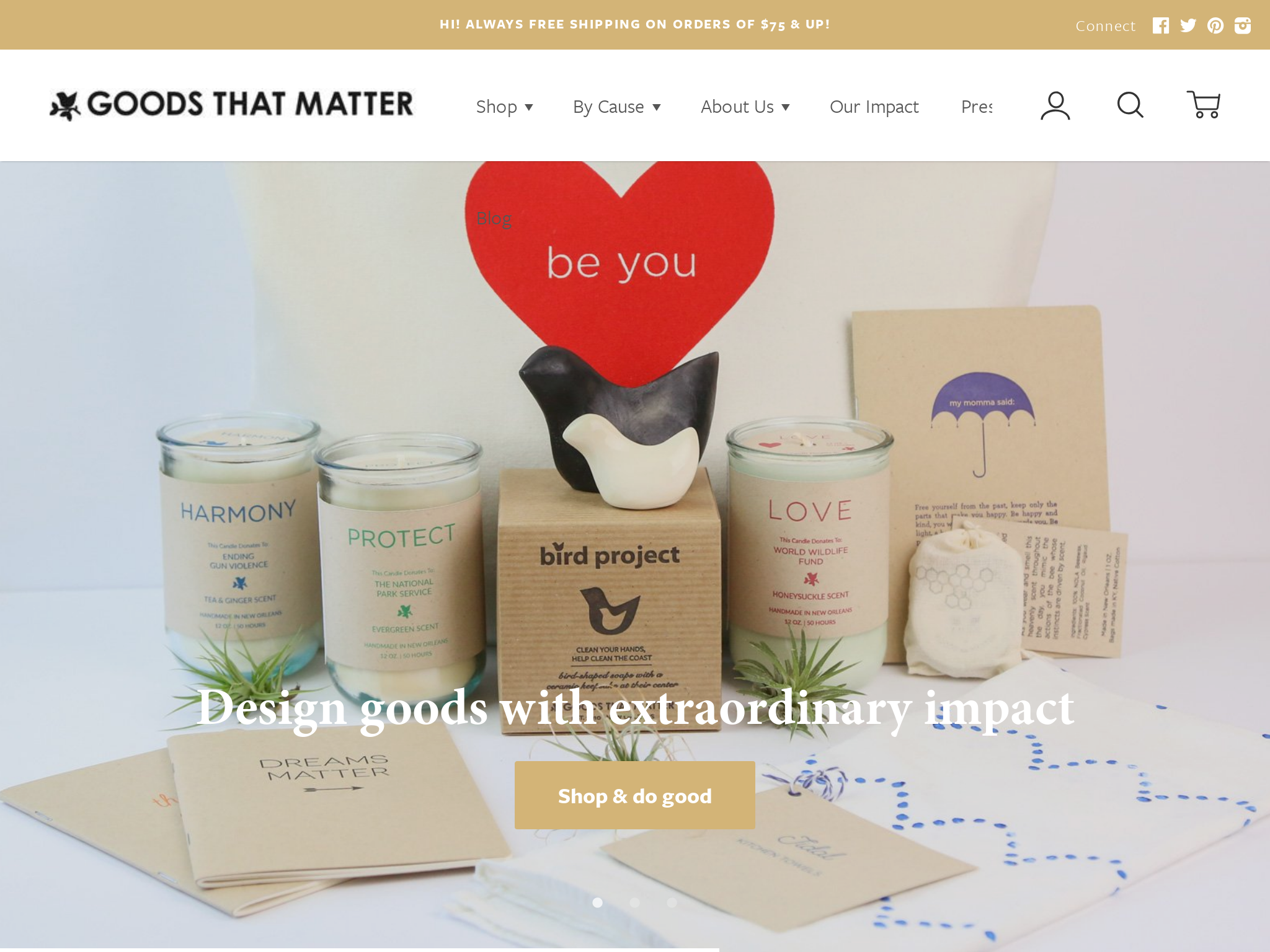
2 Benefit Corporation Success Stories [2025]
You can make a difference while making a profit with a benefit corporation. This business model bridges the gap between profit-oriented and socially responsible enterprises.
In simple terms, a benefit corporation is designed to prioritize positive social and environmental impacts alongside profit. Unlike traditional corporations focusing solely on financial gain, benefit corporations embed their commitment to social good in their legal charter.
If you’re passionate about driving change through business, this model offers a compelling route. Beyond just appeasing shareholders, you’ll attract consumers and employees who share your values, leading to a more motivated workforce and a loyal customer base.
Starting a benefit corporation involves incorporating your business as a benefit corporation, adhering to higher accountability standards, and regularly reporting on your social and environmental performance. Although it requires detailed planning and ongoing commitment, the potential for long-lasting, meaningful impact is significant.
In this list, you'll find real-world benefit corporation success stories and very profitable examples of starting a benefit corporation that makes money.
1. Local Laundry ($600K/year)
customers and community is more important than any dollar amount. Building genuine relationships and connections is key to success. Treating customers like real people and going above and beyond to exceed their expectations will lead to long-term loyalty and organic growth. Additionally, it's important to stay true to your values and make a positive impact. Local Laundry is committed to social and environmental responsibility, supporting Canadian charities, and manufacturing their garments in Canada.
How much money it makes: $600K/year
How much did it cost to start: $0
How many people on the team: 4
Local Laundry co-founders share how they built a million-dollar socially conscious Canadian-made clothing brand from the ground up, now with over five employees working full-time and a mission to donate a million dollars to Canadian charities by 2030.
2. Goods That Matter ($60K/year)
Tippy Tippens, Chief Eternal Optimist at Goods that Matter, came up with the idea for her business after witnessing the BP Oil Spill unfold. She designed a black, bird-shaped soap with a smaller, white ceramic bird at its center to raise funds for oil spill cleanup. Starting on Kickstarter, Tippens raised $6,000 and used that as proof of concept to launch Goods that Matter, which has since donated $31,000 and became the first Benefit Corporation in Louisiana.
How much money it makes: $60K/year
How many people on the team: 1

Goods that Matter is a Benefit Corporation focused on eco-friendly products that also give back to social and environmental causes, with $31k donated and a goal of $1 million, using handmade local makers, research and development, and a mix of online, wholesale, and brick-and-mortar sales channels.

Download the report and join our email newsletter packed with business ideas and money-making opportunities, backed by real-life case studies.

Download the report and join our email newsletter packed with business ideas and money-making opportunities, backed by real-life case studies.

Download the report and join our email newsletter packed with business ideas and money-making opportunities, backed by real-life case studies.

Download the report and join our email newsletter packed with business ideas and money-making opportunities, backed by real-life case studies.

Download the report and join our email newsletter packed with business ideas and money-making opportunities, backed by real-life case studies.

Download the report and join our email newsletter packed with business ideas and money-making opportunities, backed by real-life case studies.

Download the report and join our email newsletter packed with business ideas and money-making opportunities, backed by real-life case studies.

Download the report and join our email newsletter packed with business ideas and money-making opportunities, backed by real-life case studies.











